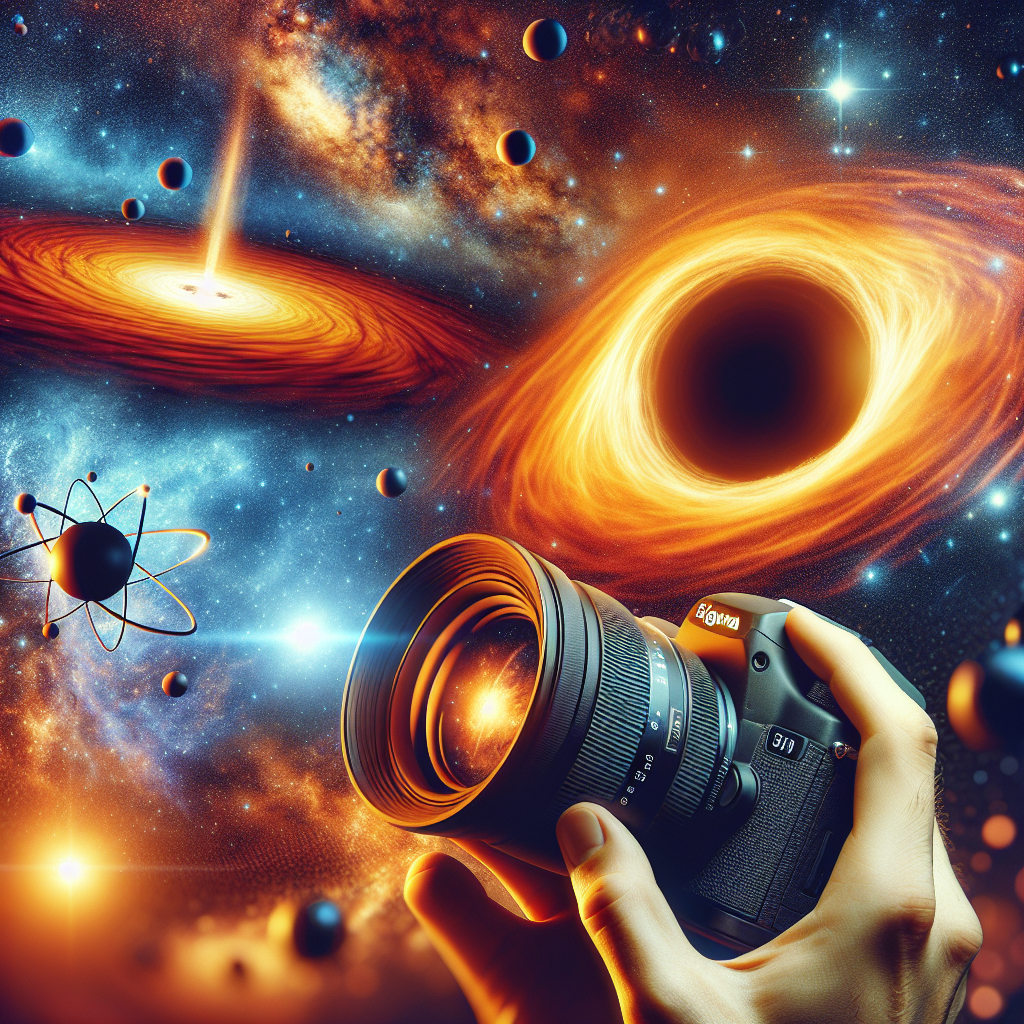This article explores the definitions, types, critical processes, relationships, applications, advantages, limitations, best practices, and implications of black holes and antimatter in modern physics.
Black Holes
A black hole is a region in space where the gravitational pull is so strong that nothing, not even light, can escape from it. They are formed when massive stars collapse under their own gravity at the end of their life cycles. Types include Stellar Black Holes, Supermassive Black Holes, Intermediate Black Holes, and Primordial Black Holes.
Black holes are formed from the remnants of massive stars after a supernova.
Antimatter
Antimatter consists of particles that are the opposite of normal matter. For every particle, there is a corresponding antiparticle with the same mass but opposite charge. Antimatter is produced in high-energy processes and can also be created in particle accelerators.
Antimatter is produced in high-energy processes, such as cosmic ray interactions.
Relationships Between Black Holes and Antimatter
Black holes could theoretically interact with antimatter in ways that are not yet fully understood. If antimatter were to fall into a black hole, it would contribute to the black hole’s mass, similar to matter.
Some theories suggest that black holes could be sources of antimatter.
Real-World Applications
Antimatter is used in medical imaging, energy production, and astrophysics research. For example, positrons are used in PET scans, and the annihilation of matter and antimatter releases vast amounts of energy.
Antimatter has the potential to provide energy at a much higher efficiency than conventional fuels.
Advantages and Limitations
Advantages include energy efficiency and understanding fundamental physics. Limitations involve production challenges and the theoretical nature of black holes.
Studying black holes and antimatter helps scientists probe the limits of our understanding of the universe.
Best Practices in Research and Technology
Interdisciplinary collaboration, advanced simulation techniques, and public engagement are essential for studying black holes and antimatter effectively.
Combining expertise from astrophysics, particle physics, and engineering can lead to innovative approaches.
Implications for Astrophysics and Particle Physics
Black holes challenge our understanding of gravity and spacetime, while antimatter research can answer fundamental questions about the universe.
The study of black holes and antimatter is at the forefront of modern physics.
Share this content:




